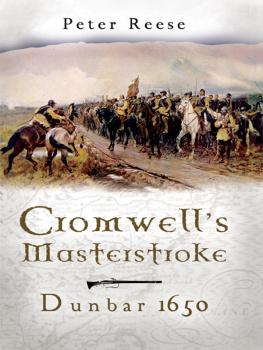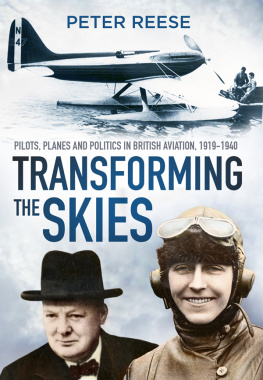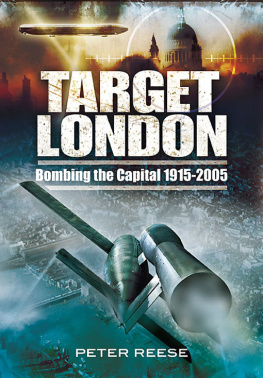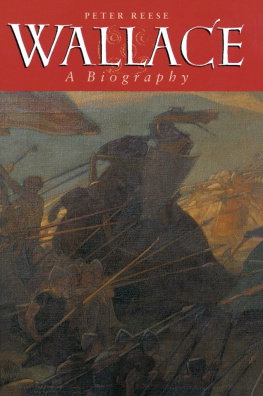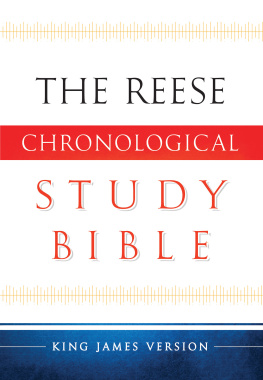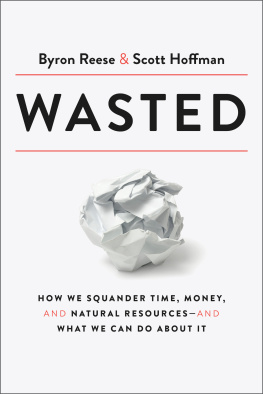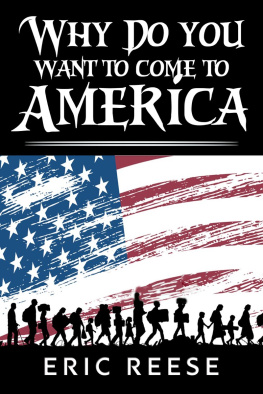First Published in Great Britain in 2006 by
Pen & Sword Military
an imprint of
Pen & Sword Books Ltd
47 Church Street
Barnsley
South Yorkshire
S70 2AS
Copyright Peter Reese 2006
ISBN: 1-84415-179-4
ISBN: 978-1-84415-179-0
eISBN 9781781596920
The right of Peter Reese to be identified as Author of this work has been asserted by him in accordance with the Copyright, Designs and Patents Act 1988.
A CIP catalogue record for this book is available from the British Library.
All rights reserved. No part of this book may be reproduced or transmitted in any form or by any means, electronic or mechanical including photocopying, recording or by any information storage and retrieval system, without permission from the Publisher in writing.
Typeset in 11/13pt Ehrhard by Concept, Huddersfield
Printed and bound in England by CPI UK
Pen & Sword Books Ltd incorporates the Imprints of Pen & Sword Aviation, Pen & Sword Maritime, Pen & Sword Military, Wharncliffe Local History, Pen & Sword Select, Pen & Sword Military Classics, Leo Cooper.
For a complete list of Pen & Sword titles please contact
Pen & Sword Books Limited
47 Church Street, Barnsley, South Yorkshire, S70 2AS, England
E-mail: enquiries@pen-and-sword.co.uk
Website: www.pen-and-sword.co.uk
Contents
To Jennifer
Maps
Illustrations
In plates.
Charles II
1st Marquis of Argyll
David Leslie
Alexander Leslie, Earl of Leven
Oliver Cromwell
General Sir John Lambert
Fitz-Payne Fishers lithograph of Dunbar
Scottish pikemen at the time of Dunbar
English musketeers with their matches clearly visible
A saker cannon in 1650
Panorama of Dunbar battle area from Doon Hill
The Spott Burn at Brands Mill
The ravine, showing its high crumbly banks and the Spott Burn running through marshy ground
The route traversed by Cromwell when making his flank attack
Present view of Dunbar from the shore, showing the parish church and Doon Hill overlooking the town
The old parish church at Dunbar
Spott church
Preface
The Battle of Dunbar on 3 September 1650 was the last full-scale engagement between the armies of England and Scotland to take place on Scottish soil. It also marked the turning point in a conflict which, although caused by the previous civil wars, was in fact between two separate countries, the England of Cromwell and the Commonwealth, and Scotland governed by a Covenanting party favouring Charles II as their monarch (provided he acknowledged the Covenant and accepted the dictates of the party). While during the next century there were further clashes, both in Scotland and south of the border, these were between Jacobites and government troops, in which supporters of the displaced House of Stuart attempted to help it regain its royal powers at the expense of the reigning Hanoverians. Even so, if the Jacobite army had continued its march towards London rather than halting at Derby, the political results could have been momentous for both nations.
As a battle, Dunbar ranks with other great clashes between the two nations, such as that at Flodden in 1513 between Henry VIIIs general, the Earl of Surrey, and James IV of Scotland, or that at Pinkie Cleugh in 1547 between the Protector, Somerset, and the Earl of Arran. During the three or more centuries of conflict (before the Union of the Crowns in 1603), and in spite of glorious military episodes under Wallace and Bruce, Scottish commanders and their levies generally struggled to preserve their countrys sovereign powers against their larger and more powerful neighbour.
So, in 1650, after the execution of Charles I followed by Cromwells ruthless and successful campaign against Ireland for favouring Charless son, the chances of Scotland being able to hold out against him and his fearsome Ironsides did not seem high. In reality, having invaded Scotland during the summer of 1650, it was Cromwell and his army who were severely tested, and no other English victory against the Scots was as surprising as that of Cromwell at Dunbar, in a battle where his powers as a commander burned more brightly than ever before and unlike such relatively haphazard, if heroic, encounters during the early Civil Wars at Edgehill, Marston Moor and Naseby he was in full command throughout the battle.
For this reason alone the battle deserves further consideration; but, apart from any new examination of its strategic implications, the comparative performances of the opposing commanders and the nature of their differing weapons, Dunbar is also notable because it heralded the development in Britain of what had become widespread in Europe during the previous century, that is, the use of regular standing forces rather than the levies traditionally recruited north of the border. It also merits closer examination because of the growing interest in the final phases of the Civil Wars reflected in a number of recent publications, notably John Graingers first full-length book on the Anglo-Scottish war of 165052, Cromwell Against the Scots , published in 1997, together with Raymond Campbell Patersons book A Land Afflicted (1998), which gives an unashamedly pro-Scottish account of the countrys Covenanter wars of 163890, while in 2004 came Trevor Royles magisterial overview, Civil War: The Wars of the Three Kingdoms 16381660 . The Battle of Dunbar has a pivotal place within the catalogue of these conflicts, although in these publications it is understandably given relatively short treatment.
The main problem facing any would-be commentators on the Battle of Dunbar is the shortage of contemporary observers. This is often the case with medieval battles and not uncommon even for those of the seventeenth century; it is most marked in the case of Dunbar for, like the earlier Battle of Flodden, which also concluded with a sweeping English victory, there is virtually nothing written from the Scottish viewpoint and the English accounts are hardly numerous. The main sources for Dunbar are Cromwells own letters (compiled and published by Thomas Carlyle in 1846); a so-called True Relation of It by the Puritan soldier Captain John Hodgson (written some twenty years after the event), which includes lists of Scottish prisoners; a short narrative by Cadwell, the first English messenger sent off after the battle; the Harleian Manuscript , including a secret service document compiled after interviews with Scottish prisoners following the battle; comments in Mercurius Politicus , an early London newspaper; and a lithograph of the battle subsequently produced for Oliver Cromwell by a soldier of fortune, Fitz-Payne Fisher.
From these sources, commentators such as Carlyle agreed upon the main patterns of the conflict (from the English point of view) without considering Fitz-Payne Fishers lithograph as a serious aid.
Towards the end of the nineteenth century came another burst of interest. In 1897 Professor Samuel Gardiner included a description of the battle in the second volume of his History of the Commonwealth and Protectorate , for which he had consulted the Cromwellian expert Charles Firth, who in 1899 gave the most methodical and detailed presentation of it so far to the Royal Historical Society, in which he cited and used Fitz-Payne Fishers lithograph as a significant authority for the battles progression. During the previous year the first military history of Cromwells Scotch campaigns appeared, written by W S Douglas, but, despite its immensely long and dense footnotes, there was little new said about the battle.


